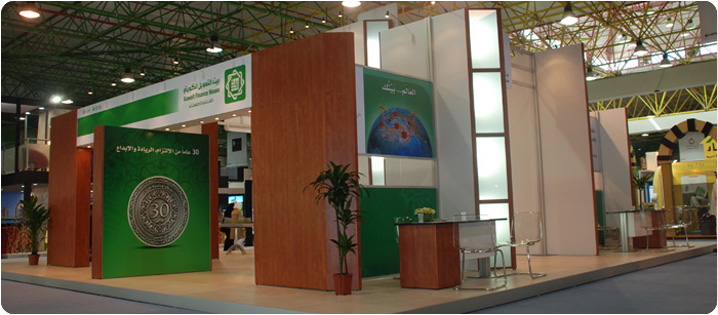Menu
International Exhibiting
International Exhibitors: Know Your Audience

1. Know different forms of business etiquette
Know your audience and how to greet and address them. Formality is the norm for most cultures, using titles rather than first names. Shaking hands is customary for most Europeans. Asians usually avoid body contact. Japanese welcome guests with a bow, Chinese nod, bow or clap.
2. Treat business cards with respect
The business card is like a passport showing status and identity. Give the same respect to a person's card as you would the person. Study cards you are given. Never write notes on them, fold or even shove them in your pocket. Consider printing cards on the reverse in the local language using a professional translation service.
3. Understand the significance of colours and numbers
Be sensitive to the meanings of color and symbols in different countries. To be safe, always do your research. For example, black, white, yellow and purple are often associated with funerals in Japan (purple in Brazil and yellow in Mexico). Red and yellow are considered lucky in China. In many Asian countries "four" denotes death and should be avoided, including products packaged in fours. "Seven" and "eight" are lucky numbers.
4. Make necessary modifications
Assess the suitability of your product and service in foreign markets and decide if modifications are necessary like size, design, electrical and other standards, color or special packaging requirements. Make the necessary modifications to product literature, warranties, training materials, promotional and advertising media.
5. Using a native for translations
When translating copy or business communication always use a native speaker with technical knowledge of your products and industry.
6. Be familiar with transportation
It is best to hire a custom house broker or freight forwarder to handle moving your products overseas. They are extremely knowledgeable about import duties, documentation, credit transactions, crating services, insurance and bonding.
7. Be prepared for foreign visitors
English is the language of international business, but decide whether you need to have an interpreter available.
8. Understand the decision making process
In North America, decisions move at a rapid pace with quick answers and quick solutions. Executives are often frustrated with a lengthy decision-making process.
In Asian countries, decision making starts from the lower levels in the organization and works its way up the ladder. Decisions are usually made collectively and the process is often slow and thorough.
In Europe, top-level management attends shows expecting to place orders. They want to deal with their counterparts in your company. They expect to discuss technical details and will often want to close major deals at the trade show.
9. Build relationships
Take time to build relationships through personal contact. It may take several appearances at trade shows before your company is taken seriously.
10. Travel smart
Make duplicates of all vital paperwork. Have names, addresses and phone numbers of important contacts, including your hotel in case you get lost. Know who can service your display overseas. Pack voltage converters.
- Choosing a selection results in a full page refresh.
